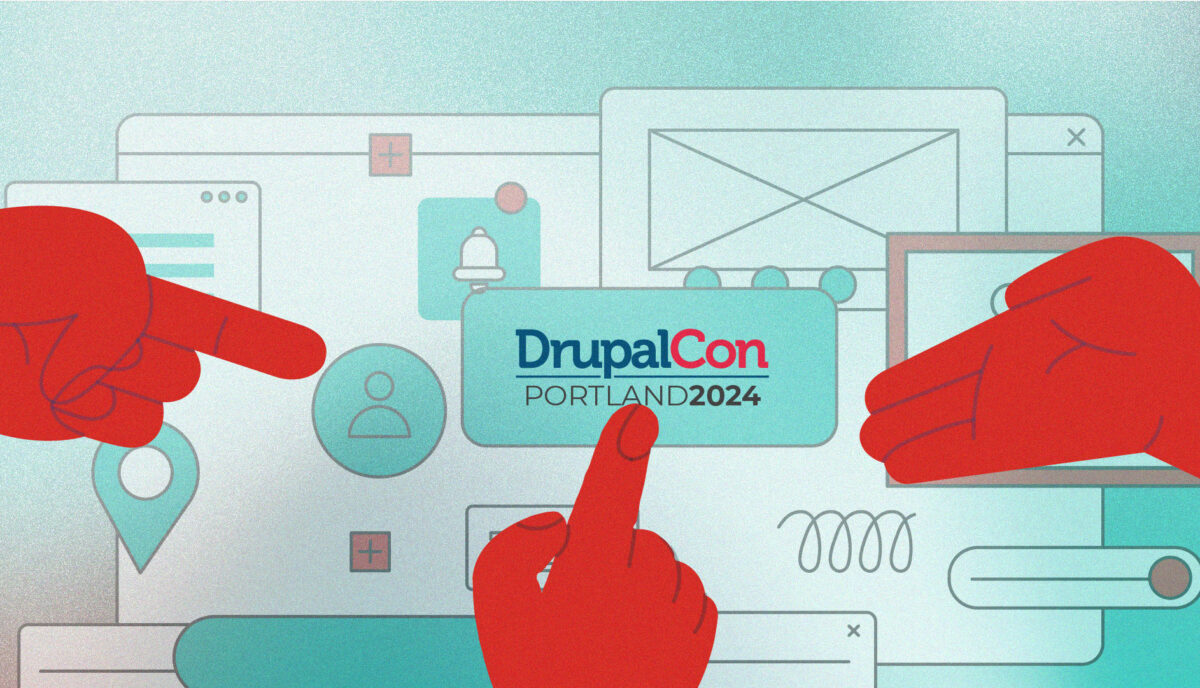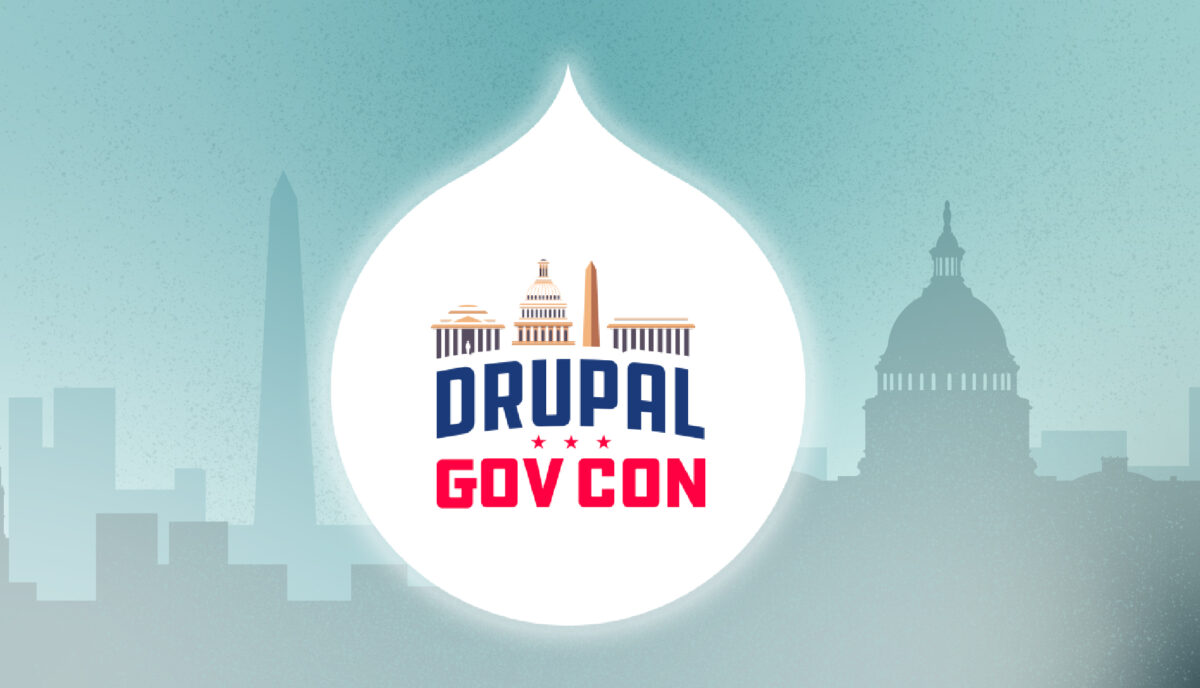7 Ways That Squads Improve Our Culture, Efficiency, & Success
If you work at a growing digital agency, this might sound familiar:
Engineers bouncing from project to project with unclear priorities. Project managers wielding cumbersome spreadsheets to allocate staff and juggle deadlines. Clients wondering why subject matter experts aren’t on hand at the drop of a hat. And then, when capacity is tight and someone suddenly becomes available, a bidding war for people’s time ensues.
When anyone could be assigned to work on any project on any day, it’s incredibly inefficient, not to mention stressful.
As an organization that cares about our team’s mental health and productivity, we knew there had to be a better way. So, back in 2019, we hatched a plan to try working in squads, and I was tasked with pioneering our first squad rollout. It was bumpy but beautiful — and today, we’re reaping the benefits. Here’s why squads work so well for us and our clients.
First, Some Squad Basics
A squad is like a company within a company: a cross-functional, autonomous group of people who handle projects, tools, timelines, and communication in the way that works best for them and their clients. Each squad has a set of dedicated projects and clients that only they are accountable for delivering on.
Ranging from four to six people in size, each squad can include project managers, backend engineers, front end developers, etc., depending on the skills needed to effectively support clients and projects. Specialized experts like DevOps engineers and designers usually float among squads as needed.
Within each squad, a designated “Squad Lead” oversees the team’s health and effectiveness. In addition to monitoring team happiness and client satisfaction, the Squad Lead makes sure the team has a consistent pipeline of projects and works to meet its revenue goals. Maybe most importantly, the Squad Lead helps members maintain a good work-life balance while encouraging professional growth.
Last, but not least, no squad is complete without a fun team name, unique logo, and custom-printed t-shirts! Some Oomph favorites: The Association of Tigers Blood, Hatchet, A Squad Has No Name, Circus Greenhouse, and The Closers.

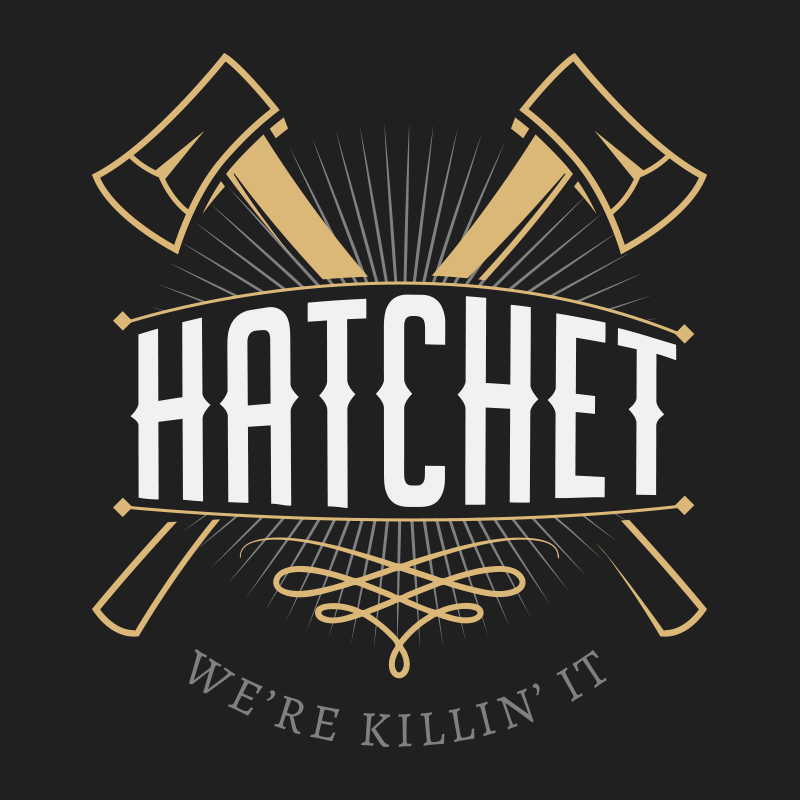
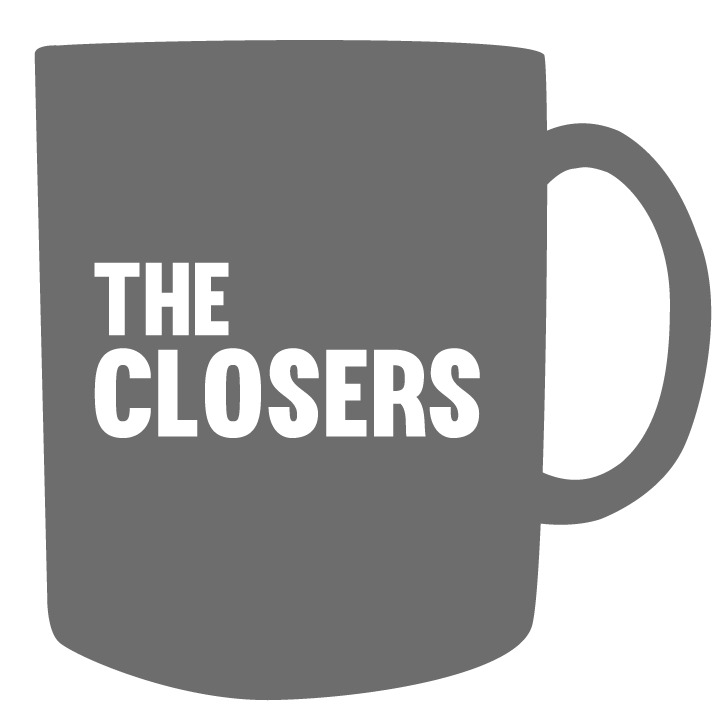
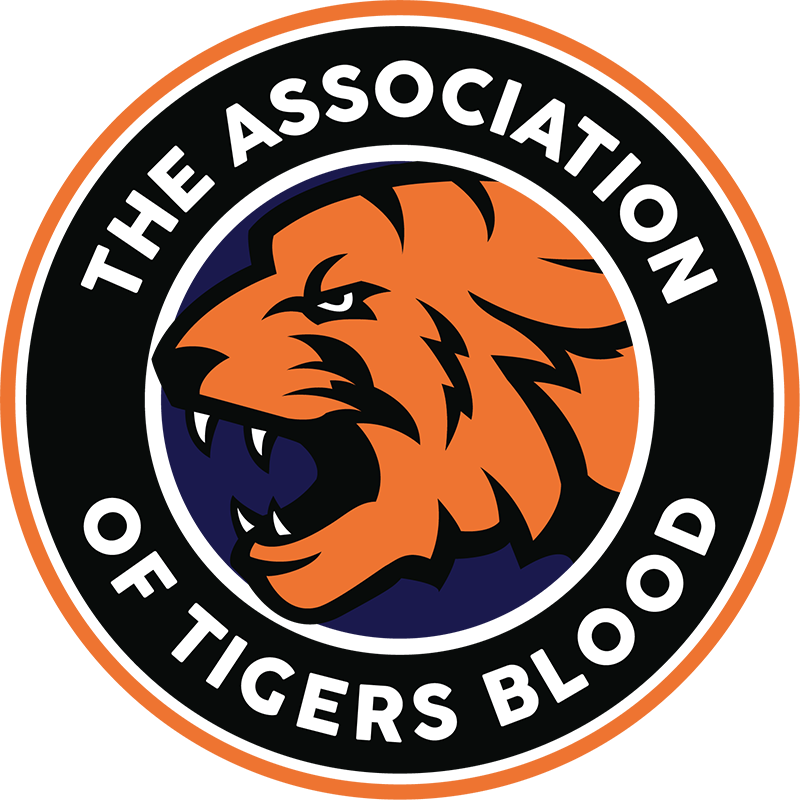
Key Elements of Oomph Squads
We launched our squad pilot program in September of 2019, with me as our first official Squad Lead. Our goal was to maintain one functioning squad for six weeks, gathering feedback and working out the kinks.
Thanks to the early testing, we established some guidelines to help squads function at their best:
- Squads decide for themselves how and when they will execute a given task or project and must communicate that to the client.
- When starting a project, members must agree that they have the skills and capacity to accomplish the client’s goals within a given budget and timeline.
- Squads can decide for themselves when they need contractors to finish a project on time; they just need to be clear about the contractor’s role and their impact on a project’s profitability.
- Squad assignments should balance new platform builds with more predictable maintenance contracts, to ensure each squad has an ongoing baseline of work.
- To make onboarding new team members easier, each squad must regularly document relevant information about their clients and projects.
Top Benefits of Squad Life
In January 2020, we rolled out the squad structure across the entire agency. Team happiness, productivity, and success soared as a result! Here’s why:
Internal Alignment
When you work with the same group of people every day, dedicated to a shared purpose, you naturally develop better communication and alignment around a common goal. That’s the real strength of the squad: whatever it takes, we’re going to roll up our sleeves and get to the finish line together.
The biggest revelation from our pilot program was the camaraderie and unique culture our test squad developed. Though we’d been working together for years, our level of trust skyrocketed when we became a super-accountable group of people who depended on and supported each other.
True Autonomy
At Oomph, each squad must be able to support its clients while taking on new work. Squads are responsible for managing their own capacity, delivering high-quality work, and making themselves as profitable as possible.
As a squad, when we intend to work on something, we can say, “This is exactly how we propose to get it done.” Having the freedom to choose the tools, processes, and projects that work well for our squad and our clients lets us do our best work in the most efficient and effective way.
Greater Efficiency
That unwieldy, organization-wide planning spreadsheet? Gone. Haphazard conversations with too many people and no actual decisions? Sayonara. You can move a lot faster when you’re regularly communicating and making decisions with the same five people, instead of having to contact any single person within the agency.
Resourcing conflicts between project managers are gone, too. With dedicated teams, no one is competing for anyone’s time. And the lack of context-switching is a huge improvement for our engineers. Our small, focused teams are much more efficient — and more profitable.
Easier Onboarding
With new employees joining close-knit groups that are in constant communication, it’s easier to create a sense of community and shared experiences with new members in a short amount of time. As a remote company, our staff doesn’t get together in person very often, so squads really help us support remote workers and contractors.
More Opportunity
Squads afford our employees the opportunity to take on new responsibilities and hone new skills. In addition, members can assist other squads when a need arises to gain exposure to different clients and projects. Finally, since we select Squad Leads from all departments, there are leadership opportunities for everyone.
As a company, we can focus on bigger challenges and growth opportunities for each of the teams, instead of getting mired in the nitty gritty of negotiating which day a project gets which engineer, designer, or strategist.
Better Client Relationships
The squad model has helped us build lifetime relationships with lifetime clients. We saw a real increase in accountability to clients, along with increased trust, because clients are working with a dedicated team that’s committed to their project’s success.
Even in the event of staff absence or turnover, there’s still a group of people who have their arms wrapped around a given project. This is especially helpful for clients who use complex technologies, compliance procedures, or high-touch processes that require an elevated level of service.
…And a Few Lessons Learned
If you’re thinking of trying out a squad structure, I can offer a few helpful cautions:
- Maintain conviction in your approach. We made a number of unclear decisions along the way, teetering back and forth between how we wanted to do things, and it slowed us down at times.
- Do a trial run! It helped us iron out a lot of the kinks: what meetings look like, how you manage budgets, how things go over with clients when you pull people off projects.
- Plan ample time for the transition. It’s something people need time to acclimate to, and there will be a lot of questions from people who aren’t familiar with working in or with squads.
- Consider reducing your project load during the rollout period. You need to be able to comfortably overlap people transitioning in and out of teams, as you’ll be pulling people off of projects while ensuring that others can jump in and get ramped up.
- Remember that trust and efficiency don’t come overnight. Ask for (and listen to!) feedback on a regular basis to help everyone improve the new structure.
- Make sure your leadership team is fully onboard with supporting the new direction, and that they understand it’s going to take time. Here at Oomph, our leaders were amazing at communicating our shared purpose and how each squad played a part in the company’s success.
Interested in trying out the squad life? Check out these opportunities to join the Oomph team.

